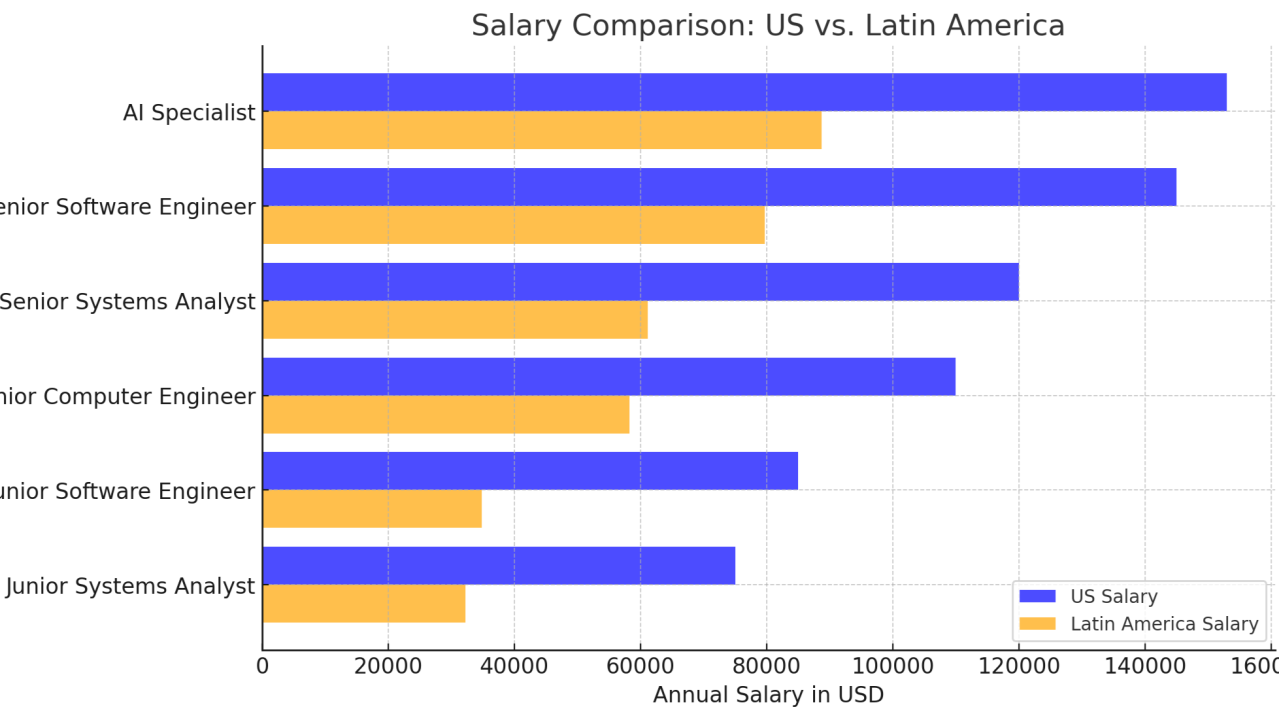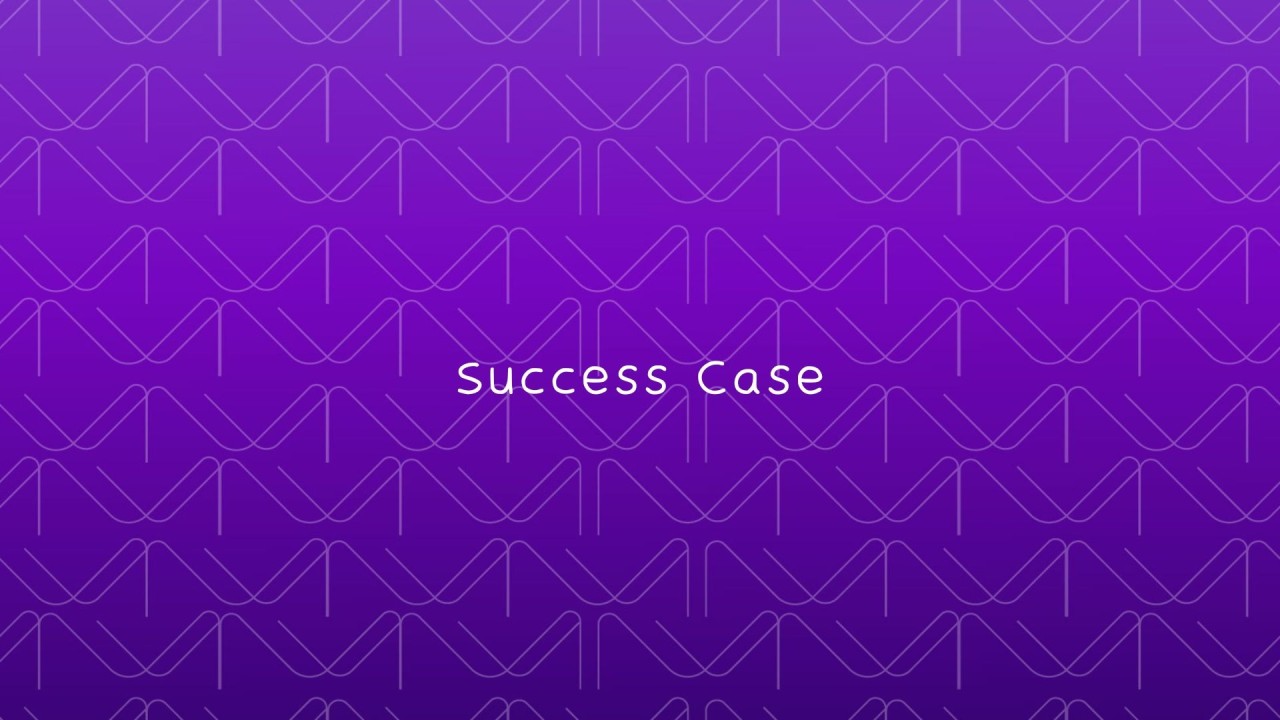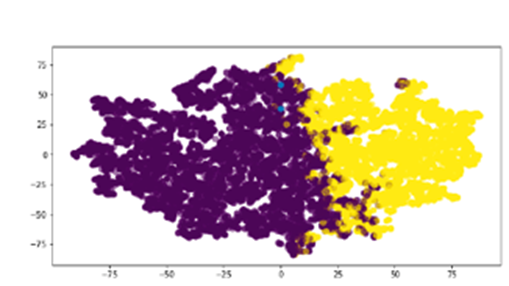
Figure built "Helix" a generalist Vision-Language-Action (VLA) model, entirely in-house and end-to-end. See demo video, showcase Helix’s capabilities by having two humanoid robots collaborate on putting away groceries. With a single voice command, the robots identified and sorted food items, placed them in the fridge and cabinets, and even closed drawers—all without additional human intervention. This level of autonomous decision-making and multi-robot coordination marks a leap forward in robotic intelligence.
Morgan Stanley projected that U.S. humanoid robots could reach 63 million units by 2050. They estimate the humanoid robot population will be 40,000 by 2030 and swell to 63 million by 2050.

Disclaimer: We associate the term humanoid represented in general as a domestic assistant, but when it comes to numbers and stats, "Autonomous" comes up as a generic purpose (E.g. imitate a cheetah motion )
Saronic raised $600 million to build AI-automated ships - autonomous shipbuilding. Saronic Technologies announced that it has closed a Series C round of $600 million, bringing its valuation to $4 billion. The company said its valuation quadrupled in the seven months since it attained “unicorn” status in July 2024.

With increasingly demanding consumers, developing a successful product requires more than just knowing about the product itself. You need to understand business, people, technology, design, and… a little bit of everything.

Explore the top free and paid AI tools for 2025, including the best AI chatbots, image and video generators, research assistants, and productivity apps. Compare features, pricing, and top picks for creative and professional use.

"Vibe Coding" is a form of programming where developers interact with code in a conceptual, AI-assisted manner, rather than manually writing each line.

The shortage of technology professionals, including programmers, engineers, and analysts, has intensified in the United States due to the increasing demand for specialized skills and a limited supply of qualified talent.

The need arise from the need to streamline the analysis of exams performed on patients who may present detectable pathologies through imaging studies, assisting the physician in making a faster and more accurate diagnosis.

Researchers at Sakana.AI, a Tokyo-based company, have worked on developing a large language model (LLM) designed specifically for scientific research.